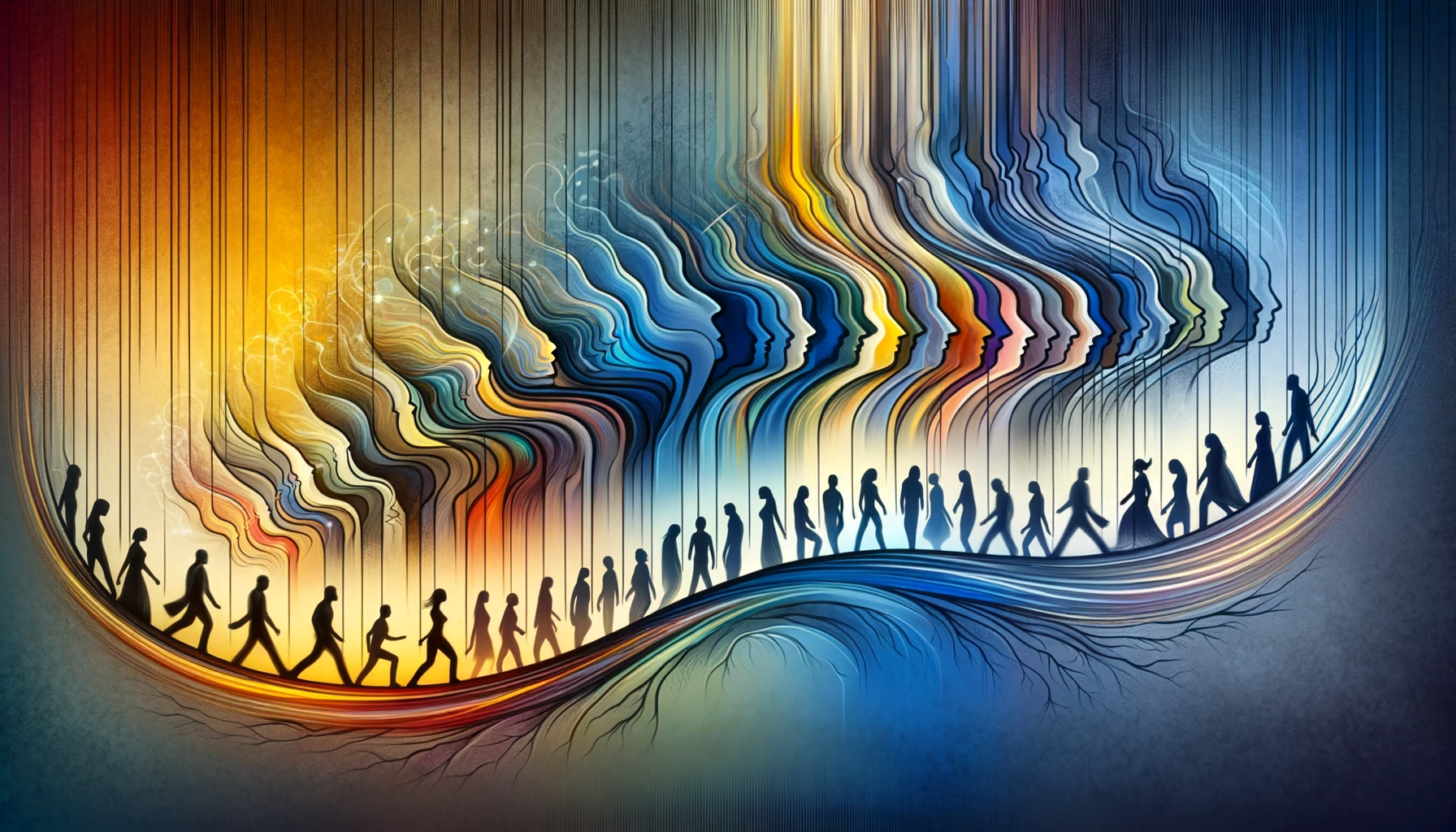Introduction: Bipolar Disorder, characterized by drastic mood swings from mania to depression, often doesn’t exist in isolation. Many individuals with Bipolar Disorder also experience co-occurring conditions such as anxiety, ADHD, and substance abuse. This article explores the relationship between Bipolar Disorder and these conditions, shedding light on the challenges and considerations in treatment and management.
Understanding Bipolar Disorder:
Bipolar Disorder is a mental health condition marked by extreme mood swings, including emotional highs (mania or hypomania) and lows (depression). The shifts in mood can affect energy levels, activity, judgment, behavior, and the ability to think clearly.
Bipolar Disorder and Anxiety:
- Prevalence: Anxiety disorders are commonly found in individuals with Bipolar Disorder, sometimes complicating the clinical picture.
- Impact: The presence of anxiety can exacerbate the symptoms of Bipolar Disorder, making episodes more frequent or severe.
- Treatment Considerations: Addressing both conditions is crucial as they can influence each other’s progression and treatment responses.
Bipolar Disorder and ADHD:
- Symptom Overlap: Both conditions share symptoms such as restlessness, impulsivity, and difficulty focusing.
- Diagnostic Challenges: The similarity in symptoms can sometimes lead to misdiagnosis or delayed diagnosis.
- Management Strategies: Careful assessment and tailored treatment plans are necessary to address both conditions effectively.
Bipolar Disorder and Substance Abuse:
- Dual Diagnosis: A significant number of individuals with Bipolar Disorder engage in substance use, often as a form of self-medication for their mood swings.
- Risks: Substance abuse can trigger mood episodes and complicate the course of Bipolar Disorder.
- Integrated Treatment: Treatment for substance abuse should be integrated with Bipolar Disorder management for better outcomes.
Addressing Co-Occurring Conditions:
- Comprehensive Assessment: A thorough evaluation to identify all co-occurring conditions is essential for effective treatment.
- Integrated Approach: Combining medication, psychotherapy, and lifestyle changes can address the complexities of co-occurring conditions.
- Continued Monitoring: Regular monitoring is crucial to adjust treatment plans as needed and address any emerging issues.
Conclusion: The interplay between Bipolar Disorder and co-occurring conditions like anxiety, ADHD, and substance abuse adds complexity to both diagnosis and treatment. Understanding these relationships is key to developing effective, integrated treatment strategies that address all aspects of an individual’s health, leading to better overall outcomes and improved quality of life.


